Several construction trades in British Columbia have concerns about a new high school math course after it was developed without industry consultation and fails to qualify students for entry into some apprenticeship training programs.
staff writer
Several construction trades in British Columbia have concerns about a new high school math course after it was developed without industry consultation and fails to qualify students for entry into some apprenticeship training programs.
“They are putting kids into a stream, where they believe that when they are finished they can go into the apprenticeship system,” said Andy Cleven, training director with the Electrical Joint Training Committee.
“The curriculum change by the Ministry of Education is a complete misrepresentation of what this class is all about.
“Why would you mislead schools, parents, teachers and councilors into thinking that this is what is being provided, just by changing the name of the course?”
The ministry restructured how math is taught in the province, with the aim of enhancing math literacy of students.
One of the new math courses being offered is Apprenticeship and Workplace Mathematics 10, 11 and 12, which is designed to prepare students to enter the majority of trades programs. However, the gov’t failed to engage all stakeholders.
“The industry was not consulted,” said Cleven.
“This is why we need to have industry input. The industry is going in a completely different direction. We are trying to get the Ministry of Education to listen,” Cleven said.
A spokesperson for the Ministry of Education said the content for all new math courses was based on the Western and Northern Canadian Protocol (WNCP) consultation with post-secondary institutions and industry.
“The ministry is not aware of any concerns, and as a result has assumed the consultations addressed all relevant fields,” said Scott Sutherland.
“The course was thoroughly reviewed and vetted by people, who work in the respective fields. According to Sutherland, stakeholders in post secondary education made it clear to the government that there needs to be more focus on trades and technical math.
“A new apprenticeship and workplace math course was created to provide students with the mathematical understandings and criticalthinking skills identified for entry into the majority of trades and for direct entry into the workforce,” said Sutherland.
“With the WNCP curriculum, three pathways are again available: apprenticeship and workplace mathematics, foundations of mathematics, and pre-calculus.”
Apprenticeship and workplace mathematics includes topics such as algebra, geometry, measurement, numbers, statistics and probability. Foundations of Mathematics 11 or 12 is designed to prepare students to enter post-secondary programs that don’t require the study of theoretical calculus.
Pre-calculus 11 or 12 allows students to enter postsecondary programs requiring the study of theoretical calculus.
“Students should be aware of the level of math they require after secondary school,” said Sutherland.
“The responsibility is on the students, parents and educators to ensure students are obtaining the requirements needed for any post-secondary programs to which they are applying – whether that is at the work, trades or college and university level.”
Cleven expressed concern about the math course because the minimum prerequisites for entry-level training with the International Brotherhood of Electrical Workers Local 213 is precalculus 11.
Entry directly into apprenticeship training requires precalculus 12.
Other apprenticeship training providers are also concerned about the math literacy that entry-level trainees are receiving in high school.
“The math requirements for this apprenticeship training are too low,” said Matt Buss, director of training with the Refrigeration Workers’ Union Local 516.
“We spend far too much time doing basic math with our students. I don’t know what they are doing before they get here, but our students lack basic math skills.” Apprenticeship and workplace math has been designed to prepare students for entry into the majority of trades, which includes more than 40 occupations.
However, the Ministry of Education does not monitor the program entrance requirements for all trades. For example, refrigeration mechanic is not included on the long list of occupations identified by the ministry, but students can start apprenticeship training with apprenticeship and workplace mathematics 11.
The new B.C. highschool math curriculum was developed in partnership with the other Western provinces through the WNCP. Members of the protocol co-operate on matters relating to the basic education of students from kindergarten to grade 12.
The WNCP curriculum changes have been phased in over the last several years in grades K-9.
Grade 10 courses were introduced in 2010, Grade 11 courses this year and Grade 12 courses are being implemented next year.
Previous math course options at grades 10-12 were Essentials of Math, Principles of Math and Applications of Math.


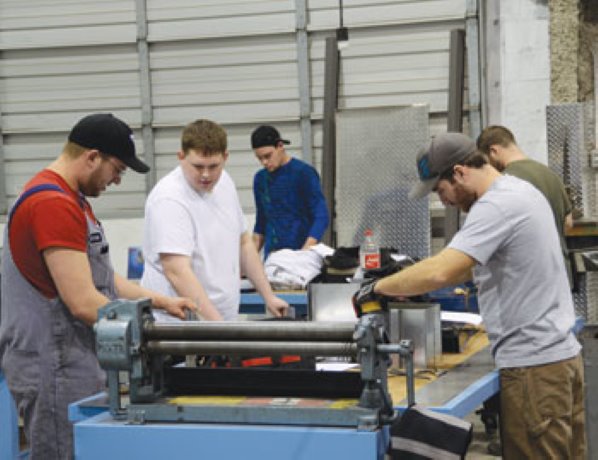
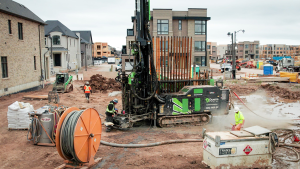
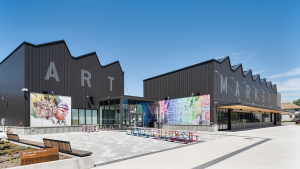


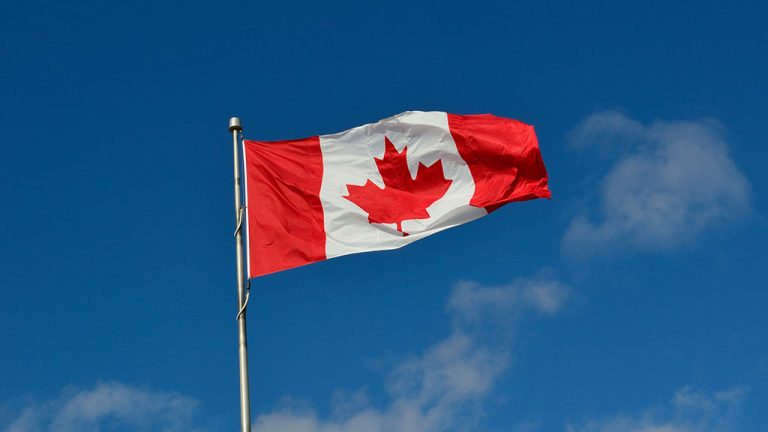

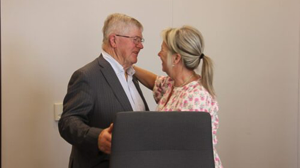
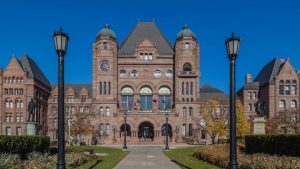
Recent Comments
comments for this post are closed